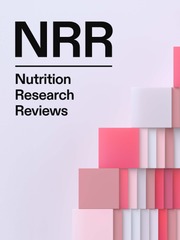Article contents
Feeding weanling piglets for optimal health and performance: what can we learn from research on complex diets?
Published online by Cambridge University Press: 15 May 2025
Abstract
Weaning and introduction to a solid diet result in physiological stress in piglets. This can be offset by using complex diets. The terms ‘complexity’ and ‘complex diets’ are used in practice and academia but are not precisely defined. The aim of this review was to identify the ingredients in weaner diets, their inclusion levels and how the number of ingredients or complexity of diets influences weaner performance, intestinal and systemic health, environmental sustainability and antibiotic use. Not all diets are formulated equally. Some prioritise meeting the weaner’s nutritional needs, while other diets seek to align health promotion and adaptation to the environment. As diet composition is of vital importance for young piglets, the components needed in these complex diets must be defined. Healthy, environmentally adapted pigs have excellent growth performance. We therefore recommend use of a new term, ‘gut health supporting diets’, to encompass the many concepts associated with diet complexity.
Information
- Type
- Review Article
- Information
- Copyright
- © The Author(s), 2025. Published by Cambridge University Press on behalf of The Nutrition Society
References
- 1
- Cited by


